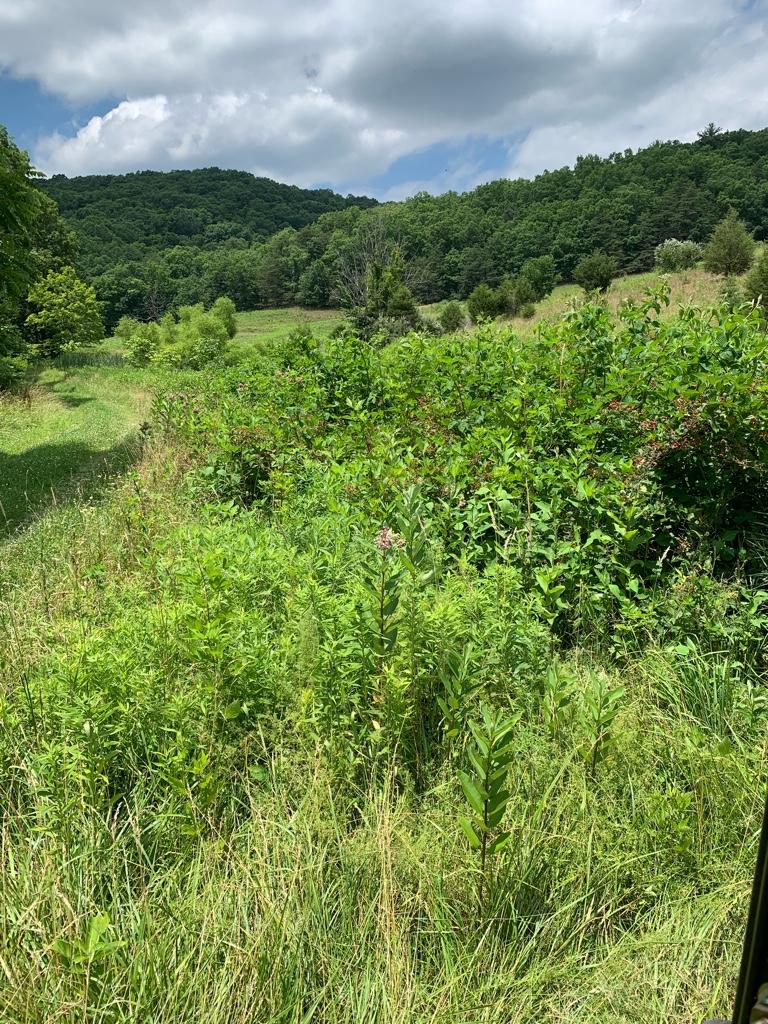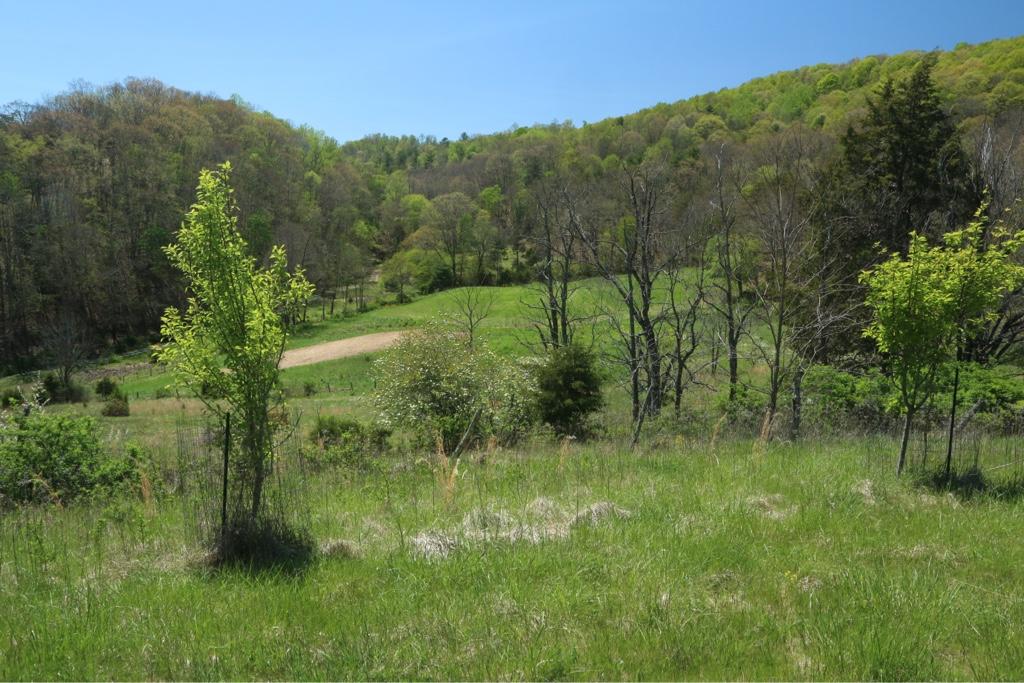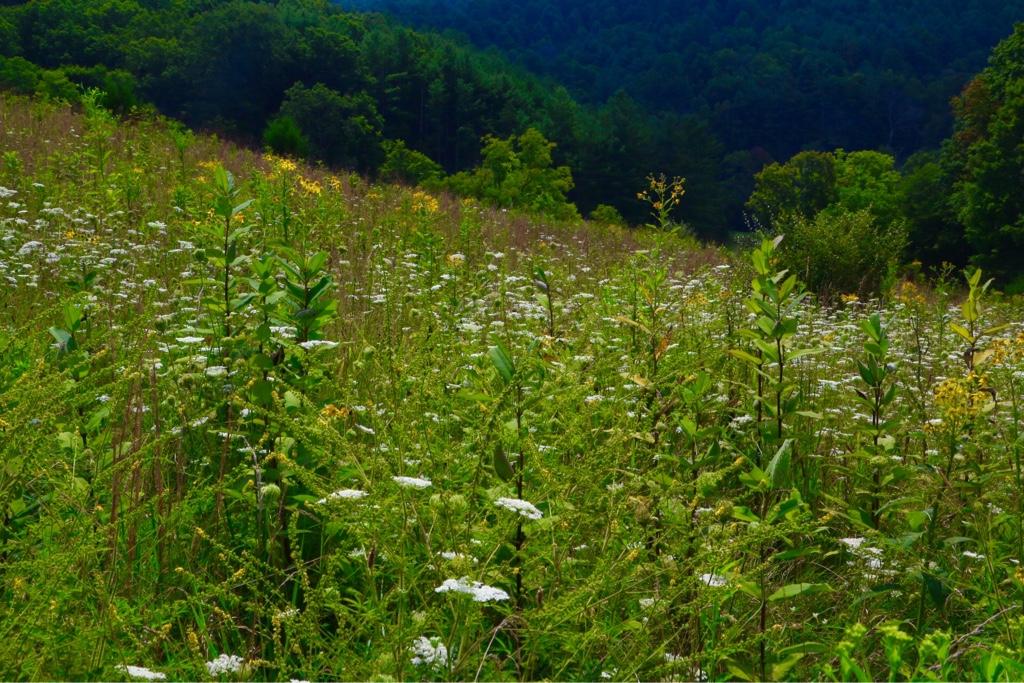Two of my best structure manipulations have already been mentioned;
@Native Hunter "removing undesirables" and
@MarkDarvin "knocking out canopy", and I will outline my particular method of doing this. In our particular hunting habitat in central/ S.E. PA we have a lot of hardwoods interspersed with a few pines, with a lot of areas specifically being oaks with a lot of red maples of all sizes scattered throughout, and my favorite trademark deer habitat creation is letting sunlight to the ground by cutting those worthless red maples for stump sprouts, turning an undesirable tree into a very valuable deer food source. This is a dynamite habitat creation tactic, turning semi-open woods into thickets full of deer food forbs. The way I manipulate deer movement is by doing this red maple cutting exactly where I want the deer to be, and throwing the trees onto strategically placed piles to force deer to walk where I want them to. I end up with a habitat area that's a jungle of lower story growth and well-spaced larger acorn bearing oak trees as the upper story, far enough apart to let in lots of sunlight. This is the type of stuff to do around the center of the property, well away from the edges, ideally around the perimeter of food plots, often between bedding cover and a food plot. But doing this type of work to close to a plot often turns a travel corridor into bedding cover, so the desirability of that needs to be taken into consideration. A chainsaw has been mentioned already, and this is a cheap and valuable tool that yields great returns with a little sweat equity. Having a little hand pump sprayer along filled with 1/3 Triclopyr & 2/3 diesel fuel while working can be handy to spray cutoff stumps and permanently get rid of junk like locust and tree of heaven. A habitat hook like
@Triple C gave to me is a big help in throwing trees on strategic piles.
Another great tool that's not so cheap is a CTL "Compact Track Loader", which is basically a skidloader on rubber tracks. One of these with a 7' tooth bucket working in tandem with a chainsaw are my number one preferred habitat tools, I can make a lot more deer habitat in one day with the two together than just cutting with a saw alone.
One thing I do with the loader is make a trail through the woods or swamp or bushes or whatever growth is present, then going back along the new woods road and bending the bushes, saplings and small trees back on one or both sides of the trail to allow more sunlight in, thus encouraging thick growth along the edges of the trail. This will make a trail that is guaranteed to be used by deer and in several years it makes a great hunting corridor.
One advantage of having a loader is that it scarifies the soil, exposing the seed bank and setting off a lengthly chain reaction of plant growth that often lasts for several decades. Of course, we have an advantage in the Eastern US that not everyone has, in the fact that with our abundant rainfall if you expose soil to sunlight something will grow, generally a lot of somethings.
There's few things more satisfying than walking through your property and seeing how a great habitat area is thriving that you made 10 years ago.
Sent from my SM-G965U using Tapatalk









